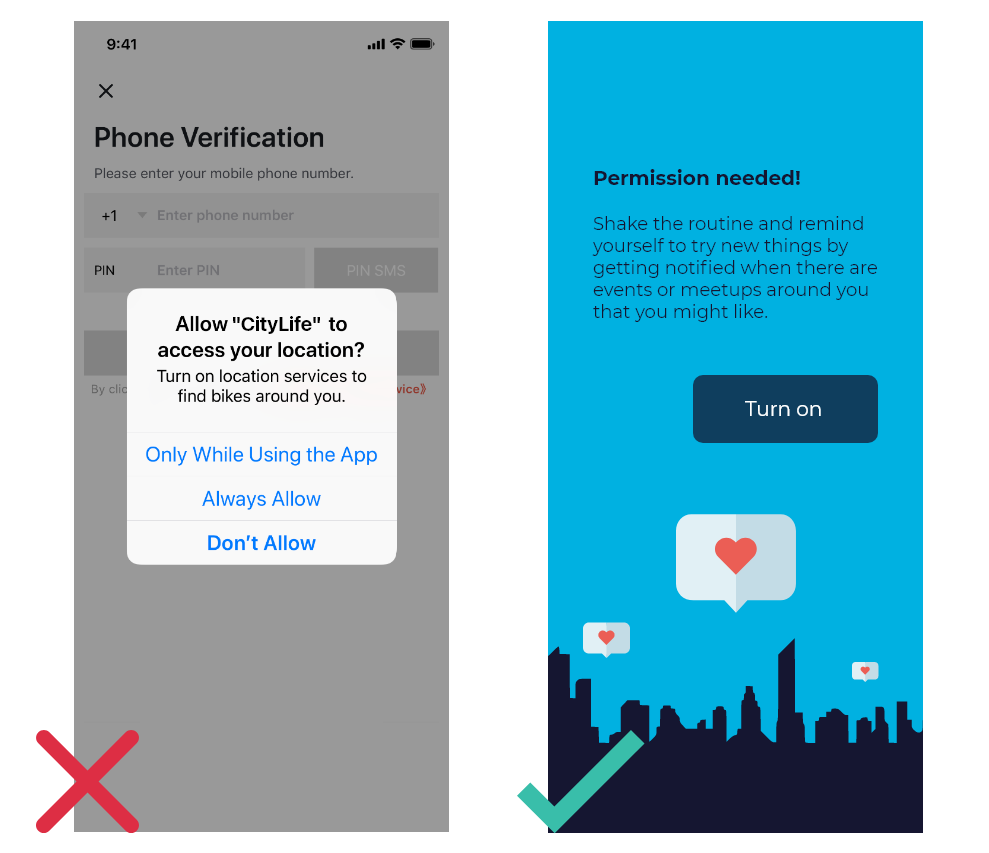The new releases of iOS 13 and Android 10 are upon us and they could very well be pivotal in the way mobile/digital marketers treat user data. Using location data as an example, the new permission options of iOS 13 will make it imperative to focus on the value that is offered to users in exchange for their information. The days of marketers collecting user data without justifying it or explaining how it benefits users are over. This is great news for mobile users, that will now benefit from not only more control and transparency, but also from a wide array of useful and engaging experiences that marketers need to create in exchange for accessing their data.
Recommended: CMS Distribution Acquires Avesta to Expand French Market
No User Value, No Location
By giving users more control and transparency over how their data is used, iOS 13 will make the use of location data by marketers more focused on specific and perhaps punctual experiences offered to the user.
From the very first location prompt, users will have more options to restrict access. Therefore, if marketers want to collect a user’s location “always” or even “while they are using the app”, they will need to truly prove how this will benefit them. In addition, beyond the first location prompt, iOS 13 will remind users that apps are using their location. Therefore, marketers that consider location permission as a one-off effort to collect user location, will need to think about this with a longer-term vision. The benefit brought to users will need to be clear not just at first-use, but throughout the user’s lifetime.
For example, a transportation app might explain that it needs to access location data to inform users of updates and alerts on their commutes. A gaming app might connect users close to each other to start a multiplayer game. A retail app, might unlock special rewards based stores and places visited around the city. For any type of apps, the value that can be delivered to the user needs to be clearly communicated.
Read More: ADT Further Expands Mobile Reach with Lyft Partnership
It’s All About How You Ask…
To make sure that the value offered is clear and well understood by users, marketers need to optimize how the permission for location is prompted. Instead of limiting themselves to the standard operating system prompts (left below), mobile apps can use “app messages” or special screens during the onboarding process to ask for the user location in a more complete and aesthetic way. See below for an example a screen that will allow the app developer to better explain to the user the service offered with location, before prompting them (right below).

…And It’s All About Who You Ask!
Finally, iOS 13 brings the need for marketers to carefully manage different groups of users and in turn adapt their communication around location to different cohorts. Between users that refused to share location, users that agreed to location being used but only while using the app, users that agree to location being used but only once, and users that agree to their location being used all the time, there is an art and science to managing the location permission of these different cohorts of users in order to maximize opt-ins without annoying them.
While all of these factors could be seen as a burden to marketers using personal data, they need to keep in mind that with greater trust comes greater adoption. In fact, with an explicit value communicated in a clear way to the user, we can expect a greater endorsement and adoption of mobile experiences that leverage location data in the end.











